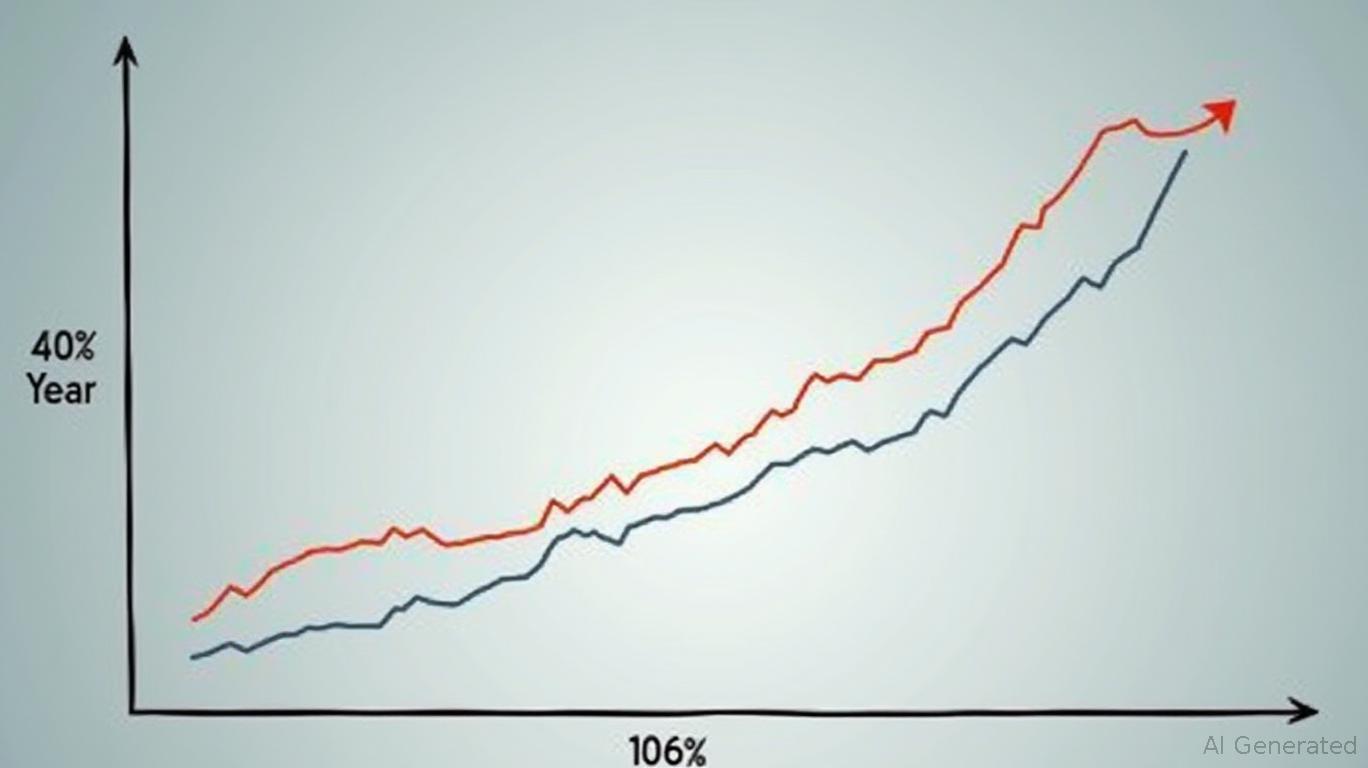Maximizing Retirement Savings: Strategic IRA Rollovers and Avoiding Hidden Pitfalls
The decision to roll over a 401(k) into an IRA is a pivotal moment in retirement planning. With the IRS tightening guidelines and new regulatory changes taking effect in 2025, individuals must act strategically to maximize long-term savings while avoiding costly mistakes. This article outlines a clear roadmap to navigate rollovers, minimize taxes, and sidestep hidden fees—ensuring your retirement nest egg grows as efficiently as possible.
The Rollover Imperative: Direct vs. Indirect Strategies
The first critical choice is whether to execute a direct rollover (trustee-to-trustee transfer) or an indirect 60-day rollover. The former is unequivocally preferable:
- Direct rollovers bypass mandatory 20% federal tax withholding on 401(k) distributions, eliminating the need to scramble for extra funds to cover the shortfall.
- Indirect rollovers, while permissible, require depositing the full amount into an IRA within 60 days of receipt. Fail this deadline, and the entire distribution becomes taxable, risking a 10% early withdrawal penalty for those under 59½.

Avoiding Tax Traps: Prohibited Rollovers and Penalties
Not all distributions qualify for rollover treatment. The IRS explicitly bars rolling over:
- Required minimum distributions (RMDs)
- Hardship distributions (e.g., medical expenses, housing emergencies)
- Dividends on employer stock
- Corrective distributions (e.g., overcontributions)
Falling into these pitfalls can trigger the 10% penalty, unless an exception applies (e.g., disability, medical expenses exceeding 10% of income).
Navigating Fees: The Stealth Costs of IRA Providers
Hidden fees can erode retirement savings quietly. Traditional IRA providers often impose annual maintenance fees or transaction costs, but Retirement Clearinghouse (RCH) offers a game-changing alternative:
- Monthly fee structure: Charged only for the time the account is open, ideal for short-term automatic rollovers of small-balance accounts (<$7,000).
- Progressive distribution fees: Reduced as balances shrink below thresholds.
- No lock-up provisions: Over 30 investment options, including principal-protected defaults, with no penalties for transferring funds.
RCH's approach has slashed cashout rates to 26%, far below the industry average of 55%, according to recent data.
2025 Regulatory Shifts: SECURE 2.0 and Automatic Rollovers
The SECURE 2.0 Act, effective in 2024, mandates automatic rollovers for small-balance 401(k) accounts (<$7,000). Employers must now:
- Select qualified providers like
- Amend plan documents to comply with new super-catch-up rules (up to $11,250 annually for those aged 60–63).
Failure to act could expose participants to cashouts or penalties.
The Roth IRA Advantage: Tax Efficiency in Action
For those eligible, rolling over to a Roth IRA offers long-term tax-free growth—provided contributions are made with after-tax dollars. Key considerations:
- Roth conversions: A viable strategy for high-income earners, though subject to income limits.
- 2025 contribution limits: $7,000 for traditional Roth IRAs, plus $1,000 for those over 50.
The Cost of Inaction: Why Delaying Rollovers Risks Your Savings
Every year you delay rolling over a 401(k) to an IRA costs you:
- Lost investment flexibility: IRAs offer access to thousands of funds, versus the limited options in many employer plans.
- Penalties for missed RMDs: For those over 73, failing to take RMDs by April 1 triggers a 50% excise tax on the under-distributed amount.
Your Action Plan: Execute Before Year-End
- Audit your 401(k) balance: Identify accounts eligible for rollover.
- Choose a fee-transparent provider: Prioritize firms like RCH with no hidden costs.
- Complete direct transfers: Avoid the 60-day gamble by working with institutions to execute trustee-to-trustee transfers.
- Review contribution limits: Maximize 2025's higher 401(k) limits ($23,500 + super-catch-up) before December 31.
The stakes are high: strategic rollovers can add hundreds of thousands to lifetime savings. Procrastination, however, risks irreversible penalties and lost growth. Act now—your future self will thank you.

This article is for informational purposes only. Consult a tax advisor or financial planner before executing rollovers.

Comments
No comments yet